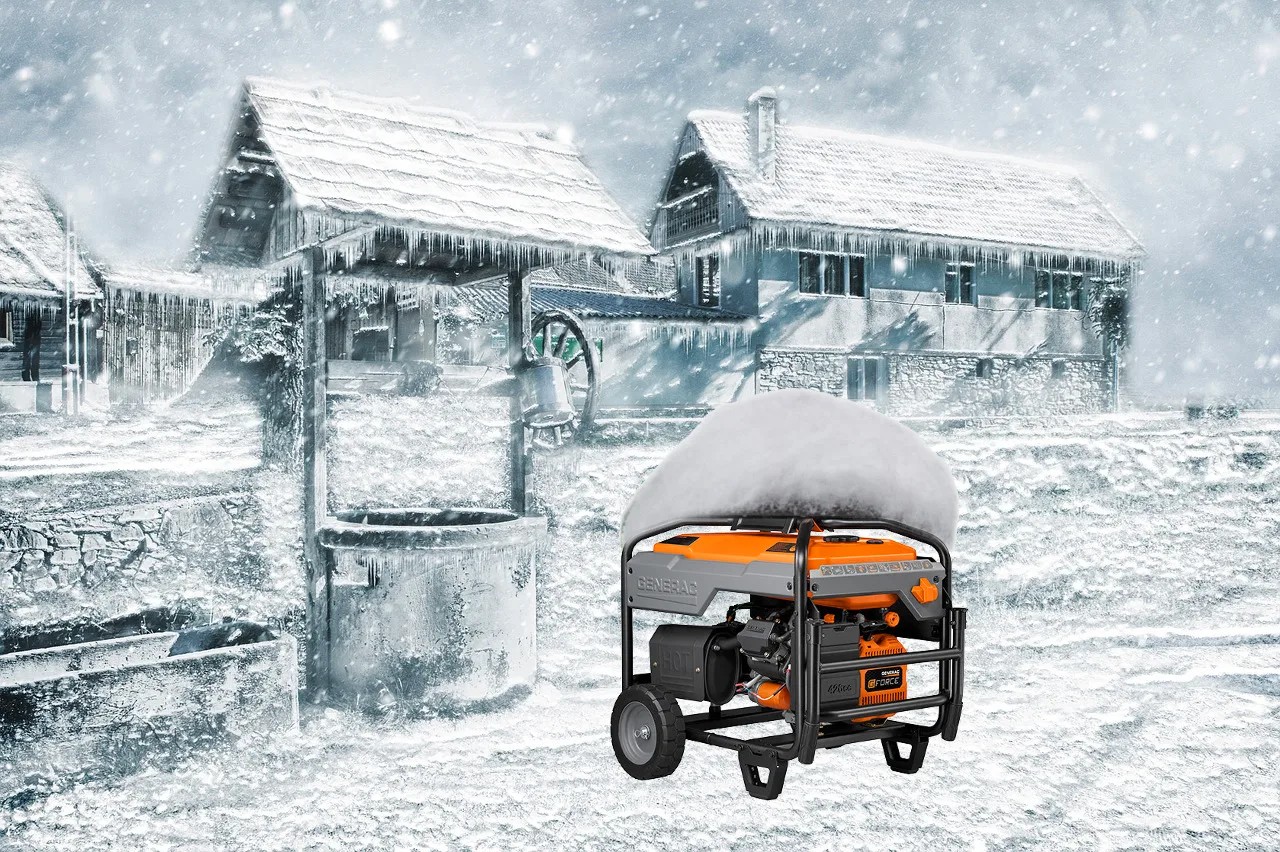Winter is a great time to use a generator. Or it can be a disaster if you don’t prepare your generator for winter.
The best way to prepare your generator for winter is to drain the fuel and store it indoors. However, if you want to keep your generator outside on a permanent basis, there are some additional steps that can be taken.
Here is how to prepare your generator for winter:
Store the fuel indoors in a fuel-resistant container such as an outdoor gas tank.
Drain all fuel from the carburettor. Be sure not to spill any fuel during this process! If you do, wipe off any spilled fuel with paper towels immediately before it gets into any cracks or crevices in the engine or around electrical connections. This will help prevent corrosion during storage.
Clean out the entire engine and make sure all parts are lubricated properly and working properly using a motor oil designed for 2-cycle engines like WD-40 Multi-Use Product or Marvel Mystery Oil Multi-Purpose 2 Cycle Engine Oil (for small engines). Don’t forget about spark plugs too!
Check the oil. Before you store your generator, you should check the oil levels. If there is less than 2 quarts of oil in the tank, add more before storing it.
Clean the air filter. The air filter should be cleaned regularly during use, but it’s especially important before storing a generator. Remove any debris from the filter, which could clog up the carburetor during storage and cause problems when it’s time to use again in spring or summer.
Clean the spark plug and other parts. Dust and dirt can build up on spark plugs over time, so they should be cleaned before storing your generator as well as after using it in spring or summer again. Other parts may require cleaning as well depending on how often they get used (for example, if you run an extension cord from the generator into your home).
Don’t let it sit for long periods of time with fuel in it. The more often you use your generator, the better off it will be when it’s time to use it again. If you don’t plan on using your generator for an extended period of time (like winter), drain all of the gasoline out of it before putting it away for storage. Otherwise, condensation will form inside the tank as the temperature drops — and this will damage your fuel system over time.
You also want to make sure that the fuel system is ready for winter by draining the tank completely and running fresh fuel through it before storing it away for the season. This will help prevent moisture from building up inside the tank and potentially ruining any remaining fuel that might have been left over after last year’s use. After draining out all of the old fuel, fill up with fresh unleaded gasoline or diesel fuel at least once every three months during storage to ensure that there’s still some left in case of emergency use.







